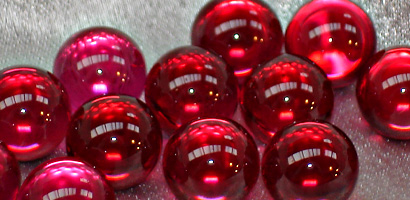Quite a few of the turntables I work on have a ball bearing at the bottom of the bearing well (Rega) or a captive ball in the spindle (Thorens). Very often when I service the table and clean out the bearing I check the condition of the ball with my loupe to see if there is any scoring or wear. Recently I serviced a Planar 3 and when it came to doing the bearing I noticed that the ball was in particularly bad condition so I changed it. The only ball I had (at hand) was a bronze ball from a Garrard 401 upgrade kit. The difference in the 'groove noise' factor was immediately noticeable as the 'groove noise' dropped quite considerably. As usual this wasn't a controlled experiment as I had also cleaned the bearing and added new snakeoil. So writing the improvement down to just the new ball would be disingenuous.
What are your thoughts. What do you do when you need to replace the ball. Do you just go out and get a new steel ball or do you go exotic and get something like a bronze ball or a ceramic ball?


On a more practical note. When the engineer designed the bearing well and the spindle he/she had a ball material in mind. Does changing the ball negatively effect 'wear factors'?
What are your thoughts. What do you do when you need to replace the ball. Do you just go out and get a new steel ball or do you go exotic and get something like a bronze ball or a ceramic ball?


On a more practical note. When the engineer designed the bearing well and the spindle he/she had a ball material in mind. Does changing the ball negatively effect 'wear factors'?
